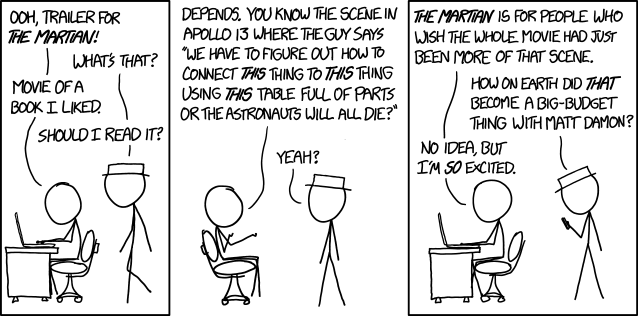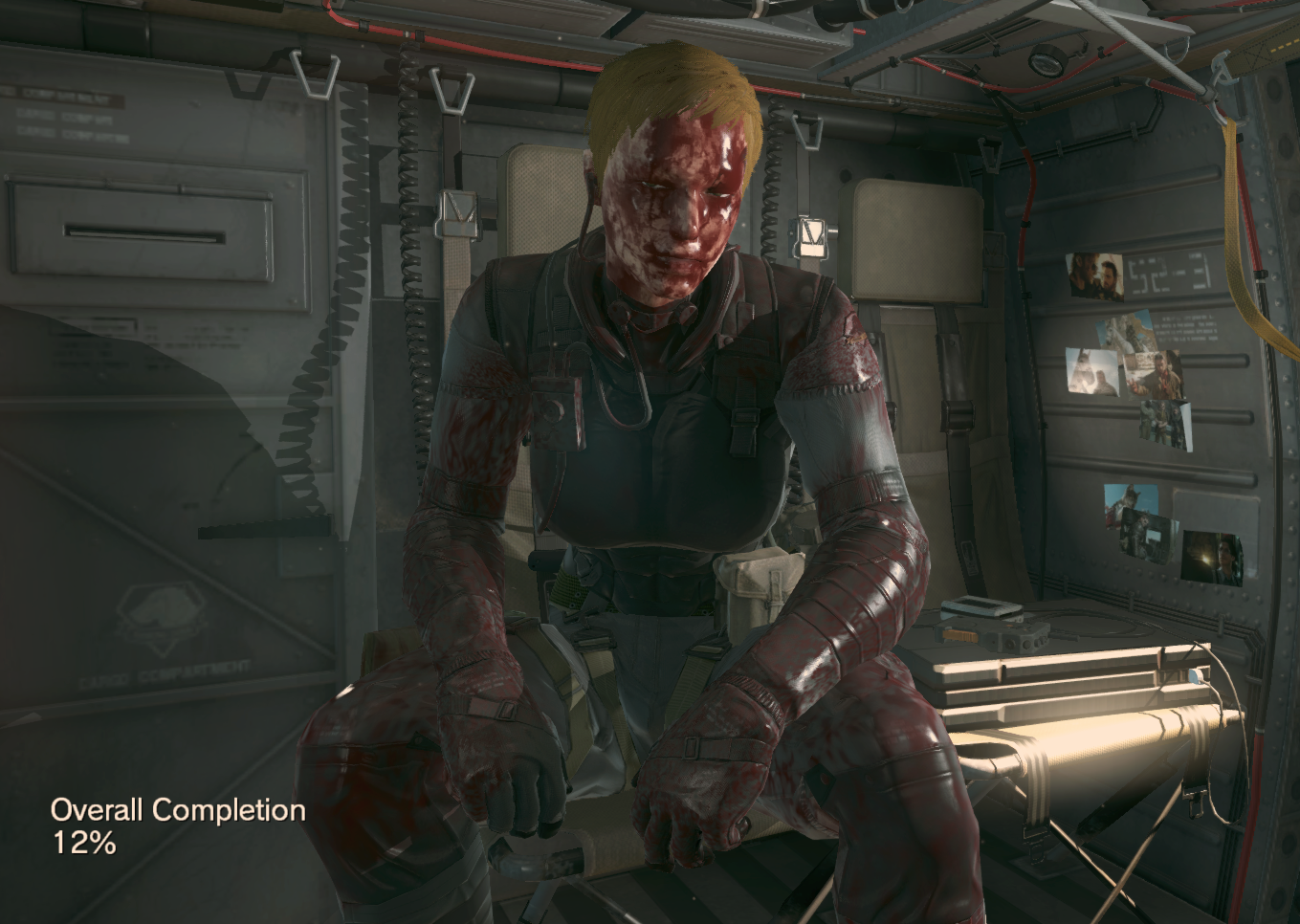TOM FRANCIS
REGRETS THIS ALREADY
Hello! I'm Tom. I'm a game designer, writer, and programmer on Gunpoint, Heat Signature, and Tactical Breach Wizards. Here's some more info on all the games I've worked on, here are the videos I make on YouTube, and here are two short stories I wrote for the Machine of Death collections.
Theme
By me. Uses Adaptive Images by Matt Wilcox.
Search
Help Me Structure Some Code Better In Heat Signature
Update: Solved! See bottom of post for details.
Hello, more experienced programmers than me! I could use your advice. There’s a code-pattern I’ve been using for a while and I’ve just discovered a problem with it, but I can’t see a great alternative either. I will explain by example: Continued

A Tale Of Arabian Nights
I just played my first full game of Tales of Arabian Nights, with my friends Chris and Pip. It’s a board game that’s very story driven: each turn you have an ‘encounter’, and choose a vague verb for how to deal with it: aid, pray, rob, follow, avoid, etc. Then another player looks up and reads out a more detailed account of what happened, and how it affects you. These chain together into a journey, and you win by accumulating Story points and Destiny ones. This was my character’s story: Continued

Generating Locks And Keys In Heat Signature’s Ships
My summary of where we are after the last ship-generation post would be:
- The Drunk Snake is probably the best algorithm so far, for generating the amount of branching and length of critical path we want while looking fairly pleasing.
- But! There’s a lot of room for improvement.
- But! Improvement is getting harder: we don’t have a huge amount of control with these types of algorithms, so we can’t fine-tune things precisely without a big rewrite.
- And! We don’t know enough about our requirements to get really fussy yet – maybe some things that seem bad now will be good when we have certain security devices or guard patrols in.
Thoughts On Fallout 4 And Invisible Inc’s Contingency Plan
On the latest two Crate and Crowbar podcasts I talk about what I’ve been up to in these two games, and what I think of them. Here are the bits where I do that, Fallout first! Continued

Laying Out Heat Signature’s Ships: Snakey Vs Branchy
Last time I covered how I taught Heat Signature to build ships out of sectors, join those sectors together, lock some of those doors, then place keycards in the right places to ensure they’re all openable. I’d got the algorithm generating layouts like this, which is great: Continued
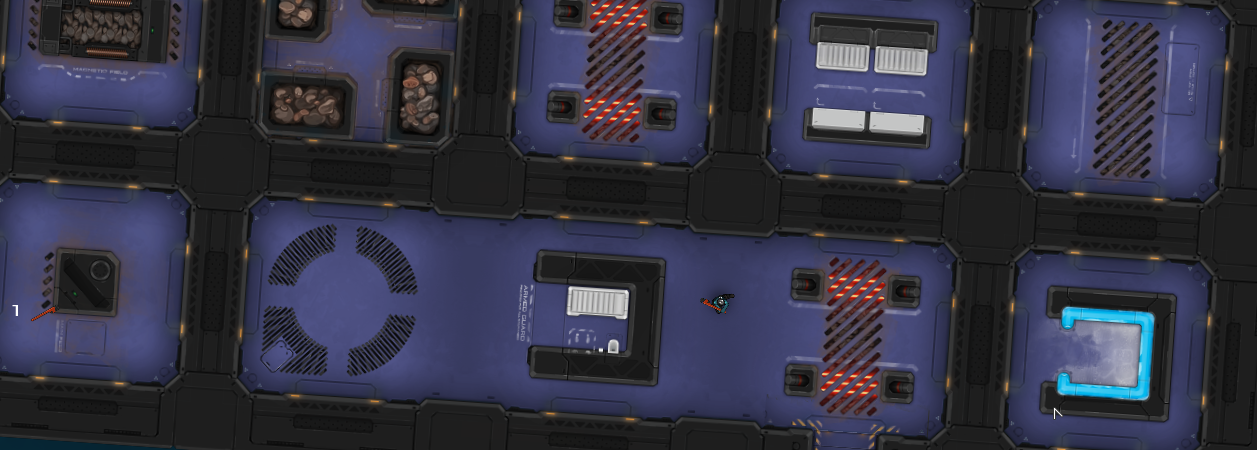
Teaching Heat Signature’s Ship Generator To Think In Sectors
I haven’t talked about the way I randomly generate spaceships in Heat Signature since this post – before it even had actual art. That’s partly because I’ve barely touched it since then. I showed the game to developer friends and the press in LA and SF a few weeks ago, and got lots of great input and ideas, but the main thing I came away thinking was: the on-board game needs to be more interesting. And I think better ship interiors are the foundation of that. Continued
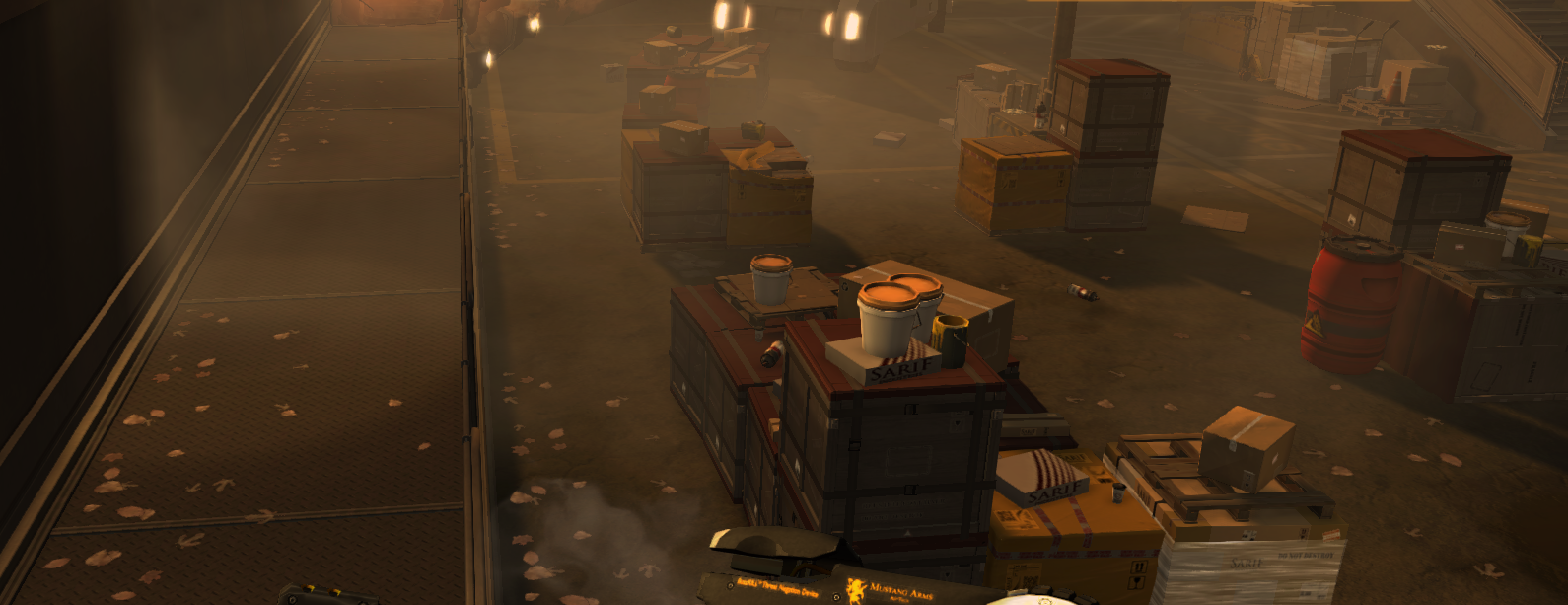
What Works And Why: Multiple Routes In Deus Ex
Deus Ex’s appeal is often boiled down to ‘lots of options’, but obviously that doesn’t quite cover it. Right now I’m looking to redesign the ‘sneaking inside spaceships’ part of Heat Signature, so I need more than a vague line about what’s cool about Deus Ex – I need a practical understanding of specifically why it works, and why similar games don’t. So I’m replaying Deus Ex 1 and 3, to figure out what it is I want to steal. And I think it is options, but it’s not just number. They have to fill a certain set of requirements, and this is my attempt to nail down what those are.
I’ve been mostly playing Human Revolution so far, but I’ll also use some examples for DX1 since there’s so much overlap. Continued

The Martian (The Book)
No spoilers
The other day I really wanted something to do that would give my eyes a break from focusing on things right in front of them. So I looked for audiobooks, and remembered that I’d been planning to read The Martian – mostly because of this comic and its hover-text:
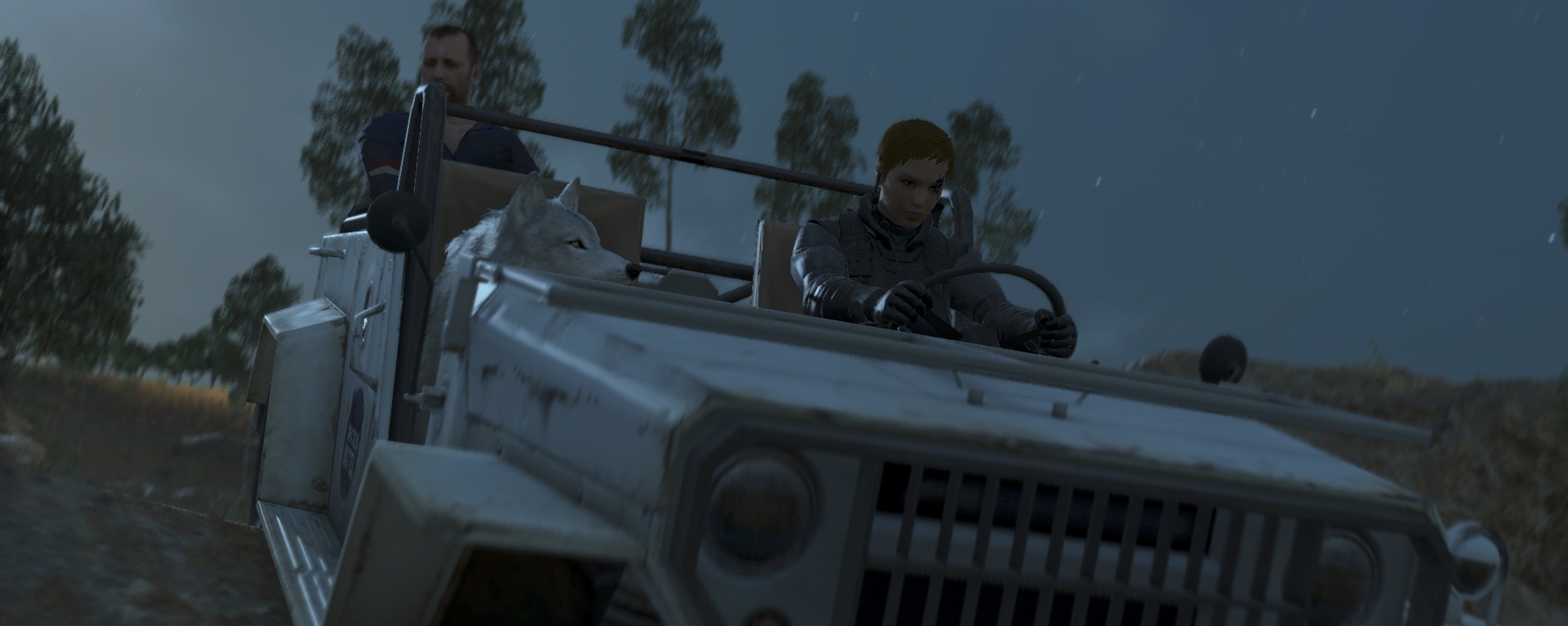
Doing Your Job In Metal Gear Solid V
This post is part of a series. I mention abilities and tools but no story spoilers.
A lot of the time, MGS V is just a very good stealth game. You have lots of tools to distract, evade or take down your enemies, and they’re all very satisfying to use – just like Deus Ex 3. Its levels are encampments dotted seamlessly around a huge open world – just like Far Cries 2-4. Its layered systems turn failures into new challenges rather than end points – just like Invisible Inc. But none of those things are new, and MGS V sometimes feels like something that is.
Those times, for me, are not during some particularly great mission, or when some unexpected chain of events creates a cool story. They’re after: when the guards lie sleeping or dead, the cargo containers are ballooning skyward, I’m scampering out with the target (too weak to be similarly ballooned) slung over my shoulders. Continued

Natural Numbers In Game Design
In maths, ‘natural numbers’ are the ones you might use to count observable, whole things: eg. there are six people here. Anything that doesn’t work in place of ‘six’ there, like 3.4 or -2, is not natural. They’re kind of ‘numbers you can see’.
I’d like to use the term in game design to mean specifically that: numbers you can see. Things that are represented so simply and wholly and countably that you don’t need to display an actual numeric figure to tell the player how much they’re seeing. They can just see. Continued
I Made A Taskbar Timer To Keep An Eye On Wasted Time
I definitely waste more of my time than I’d like. Mostly on Twitter, but also just with this mysterious business of general internetting. I’ll sometimes catch myself switching between 7 open browser tabs, each containing something I want or need to do, and doing none of it. And none of the productivity plug-ins or apps I’ve found do quite what I want, because my requirements are incredibly specific.
Update: Tom’s Timer 5 is now available, with cumulative tracking and stretch reminders! Continued

The Killing Decision In Metal Gear Solid V
This post is part of a series. I mention abilities and tools but no story spoilers.
Almost every game that lets you take people out lethally or non-lethally presents it as a choice between pragmatism and ethics: killing is easier, but tranqing is nicer. That’s true in MGS V too, but it adds something else to that choice that solves a problem I’ve had with these games for ages. Continued

Being Someone Else In Metal Gear Solid V
This post is part of a series. I mention abilities and tools but no story spoilers.
If you have keen eyesight, you might have noticed that the person in my screenshots is not straggly-bearded horned male Venom Boss Big Punished Ahab Snake. She’s Amber Fox, a low level support officer I think I extracted on an early mission [update: Andy tells me you get her by importing your Ground Zeroes save], along with another Fox with the same tattoo who might be her brother. She’s not a story character, just one of hundreds of recruits I have milling around my base.
Once you unlock the ‘combat’ bit of your base, you can choose to play as anyone you station there instead of Big Venom Punished Ahab. This is bizarre for many reasons. Continued
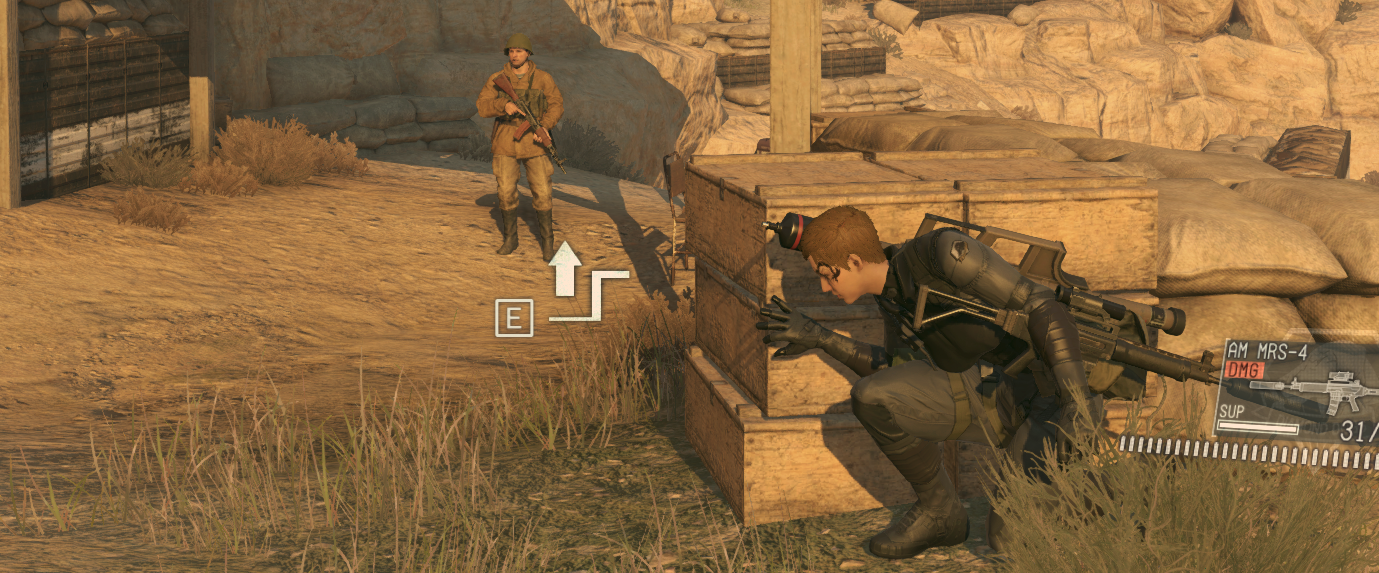
Metal Gear Solid V’s Failure Spectrum
This post is part of a series. I mention abilities and tools but no story spoilers.
Being an outsider to the Metal Gear series, I was only cautiously optimistic about V. All I heard about the last one was that it had 90-minute cut-scenes. I watched enough of one of them on YouTube to determine that it was… not my cup of tea. Of V, I’d seen some fun stuff in videos, but I was half-assuming the story would barge in and ruin it.
Well, the story does barge in. But only for the intro and a few brief intrusions, spread out over the vast, ridiculous amount of time I’ve played the game for so far – at least thirty hours, I think. That’s a ridiculously tiny fraction, and the rest is extraordinarily good.
So many things about it are surprising or different or interesting and I want to write about all of them. So I think I’ll do that, one post at a time, starting with this: Continued
A Hollow Victory In MGS V
Just pulled off the most amazing performance in a timed destruction mission in Metal Gear Solid V, galloping from one tank convoy to the next, destroying them and calling in supply drops at my next position with perfect efficiency for 13 minutes straight.
2 minutes left, sprinted to put myself between two tanks and a guard-infested checkpoint they were trying to reach. De-roaded one, nearly killed by the other. Scrambled to cover, lay on my back headshotting 8 incoming dudes through choking smoke, then, close to death, pulse pounding and soaked in my own blood, crawled back out into the crashed tank’s line of fire to finish it off with the last of my rockets – and destroyed it with 15 seconds to spare.
Spent them lying in the grass, praying no-one else would find me, listening to my character gasp for air through her own blood.
Game’s grade for my performance: C
Video: came out with a black screen throughout
